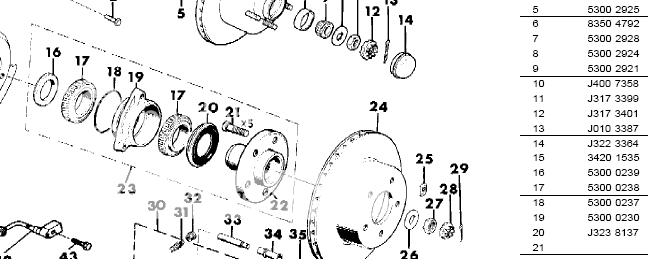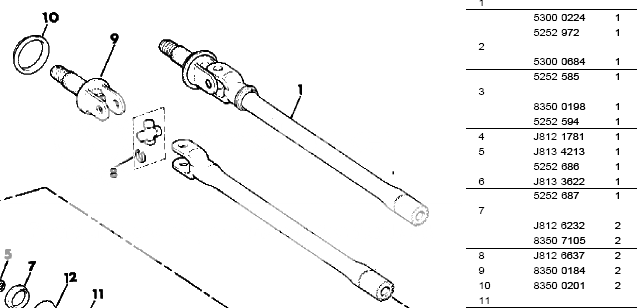XJBucko
NAXJA Forum User
- Location
- Vancouver BC
A few weeks ago, I pulled the left hub off my XJ, a bit corroded but no big deal, entirely usable after a little clean up. Today, I pulled the right hub which is a lot more corroded. On thing I found, which I didn't realized on the left side, is that there's an seal on the inside - not sure what it seals against (in my case nothing as the seal is completely rotted. The hub seems to be fines - it turns a bit slowly but very smoothly. I have a couple of questions:
Bucko
- Can just the seal be replaced or should I replace the entire hub?
- It seems that the seal works against the flange on the spindle (not sure that's the right name - whatever the outside end of the axle is called). In my case, on both left and right hand ends, that flange is not in great shape and looks like neither have been in contact with a seal. Can the flange be replaced or does the entire end of the axle, outboard of the u joint, need to be replaced?
- Should that area that ends up behind the seal be packed with grease?
Bucko


